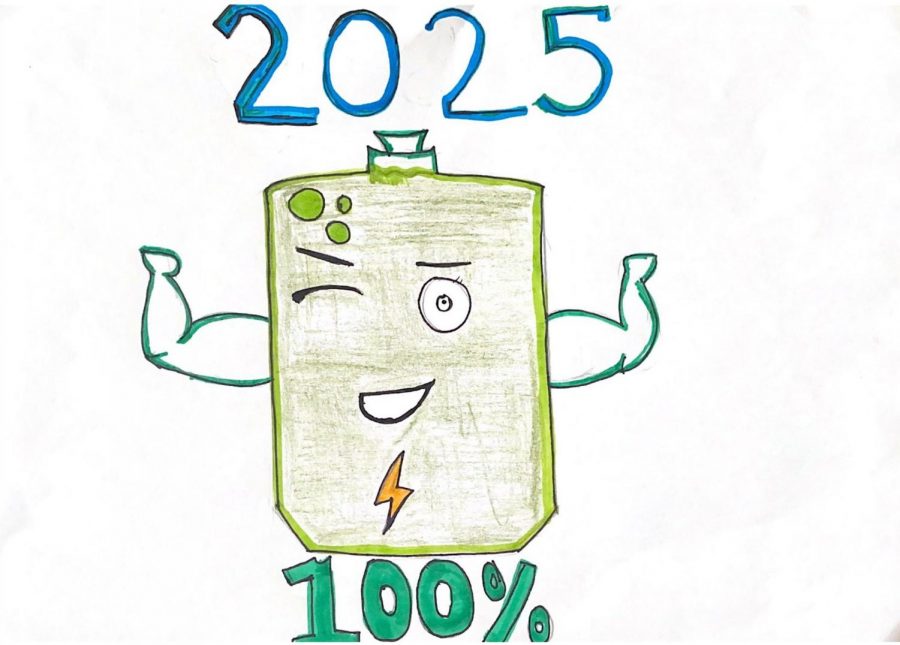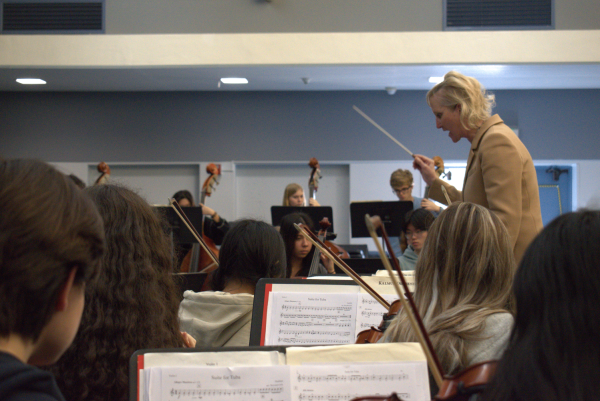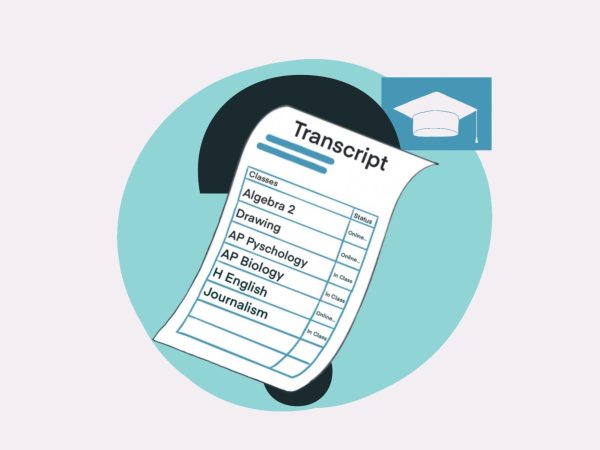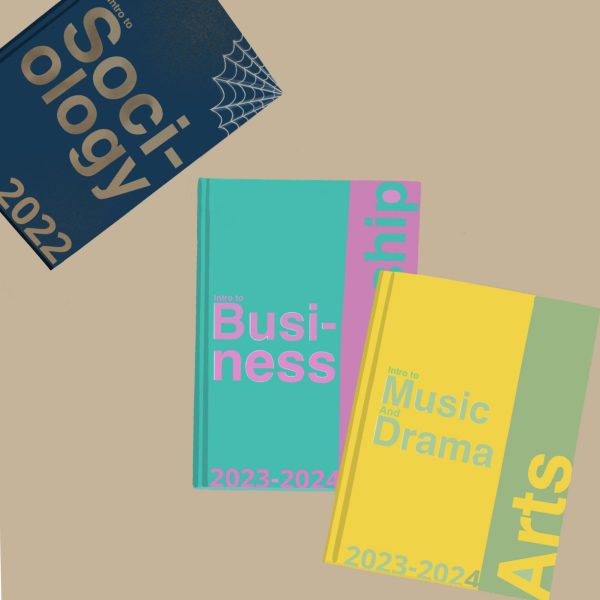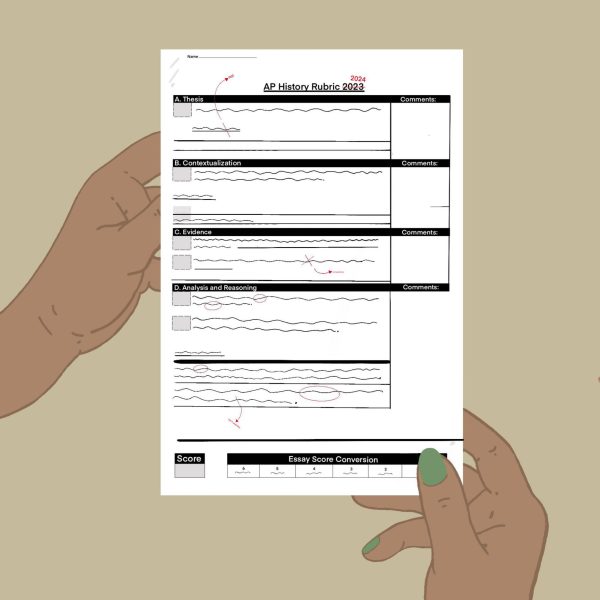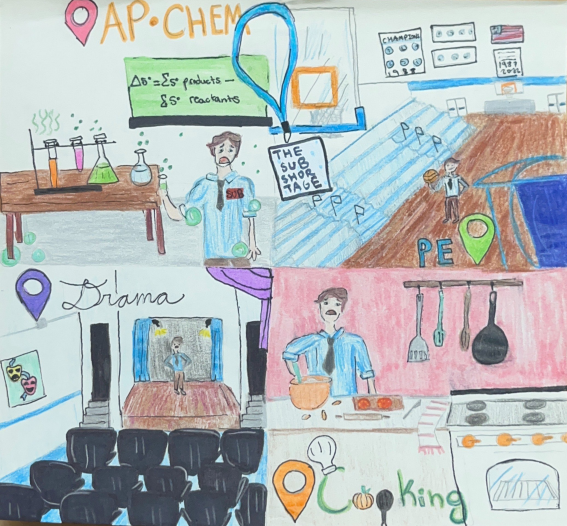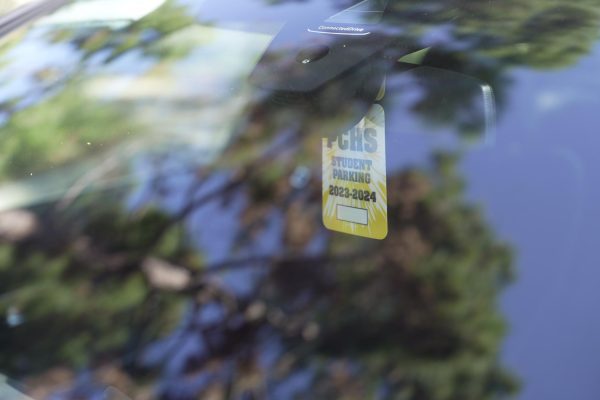Human Rights Watch Spearheads School-wide Renewable Energy Initiative
Pali’s Human Rights Watch Student Task Force (STF) announced their goal of moving the school to 100 percent renewable energy by 2025 in a Feb. 19 meeting.
According to Izzy Gill, the Associated Student Body (ASB) president and the co-president of STF, members are currently finalizing a plan they want to propose to the Board of Trustees in April. They are considering solutions that utilize solar panels, which Gill deems to be more practical and well-known than other sources of renewable energy.
The members met on Mar. 12 with Principal Pamela Magee and Assistant Principal Russel Howard, who voiced their approval for the initiative.
The task force was inspired by the Los Angeles Unified School District’s December 2019 decision to commit to renewable energy. “We wanted to pursue this initiative for a year or two… and we finally decided that [climate change] is the issue we want to focus on,” Gill said.
This is also a topic that hits close to home for many members of the STF. “I think everyone has their own personal climate story,” said senior Madison Liberman, another co-president of STF. The wildfires raging across California, for instance, directly affected the larger Pali community by prompting mandatory evacuations and causing the air quality to worsen dramatically.
“Personally, a lot of my family struggles with asthma and different health conditions, so the air pollution is very bad for them,” Liberman said.
According to Gill, the STF chapters around LA “are all working toward converting [their] schools to renewable energy. For example, Santa Monica High School is already well on their way, while our school is really lagging behind.”
Despite obstacles caused by the transition to distanced learning, Gill said that the pandemic “has allowed for more flexibility in scheduling speakers and having committee meetings outside of the normal meeting times.” Because of this, she said that eLearning contributed to more members being heavily invested in this year’s topic of climate change.
This level of participation is much higher than that of previous years, Gill said. In past years, several students and groups have attempted to bring renewable energy to the school with the help of Environmental Science teacher Steve Engelmann, but Gill said that none of them “had the number of committed students that [STF has].”
Part of the reason why the current initiative has gained traction is due to extensive efforts made to spread advocacy to the student body and community. Liberman said that STF “is using a lot of social media presence as well as virtual demonstrations” as replacements for events in the quad and large exhibitions in Mercer Hall.
In addition to social media advocacy, task force members created a virtual petition, which has over 1100 signatures from students, staff and community members. Attempting to spread the petition, the outreach committee members of STF contacted Resilient Palisades, a group that works to establish sustainable sources of energy in the residential areas of the Palisades.
As the possibility for a return to in-person learning looms, both Liberman and Gill believe that this is an ideal time to work on bringing renewable energy to Pali. “Since we are returning to school soon, why don’t we return to one that emits less carbon?” Gill questioned. Moving forward, the task force plans to collaborate with local clubs and organizations and work closely with other STF chapters in the area.
Engelmann is supportive of the efforts of STF and all student involvement related to the issue of climate change. “I hope we can come back [to school] better than we were before and maybe rethink some things… Something like climate change and how we generate our electricity can be part of that.”
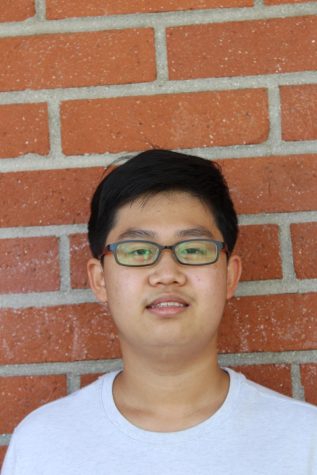
Dohyun (Andy) Ju is a senior who joined Tideline three years ago as a freshman. He currently holds the position of Editor-in-Chief. Through Journalism,...

“If there’s is a book you want to read, But it hasn’t been written yet, you must be the one to write it”
-Toni Morrison
This is Torey’s...


